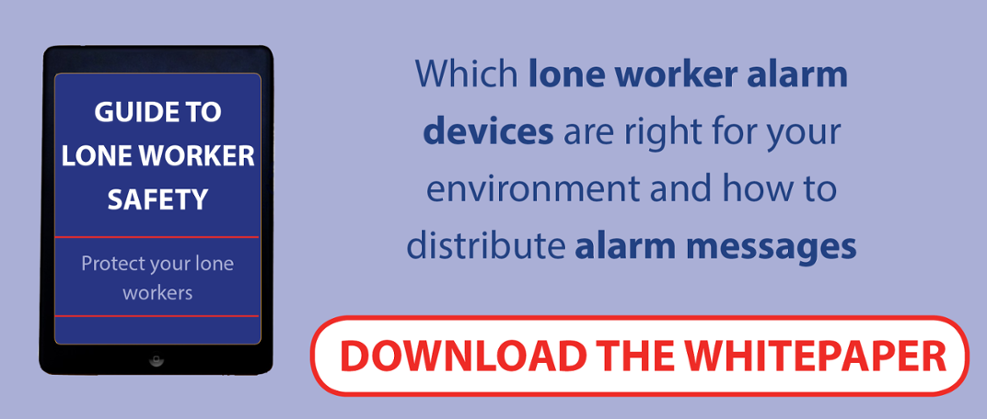
In 2016 alone, 144 workers were killed as the result of a workplace injury (1). Some of these included those isolated from staff and other employees. The concept of health and safety of lone working is a very important topic and yet, many businesses fail to appreciate its impact. What measures can be taken to help ensure an accident-free workplace; particularly when referring to workers who are often out of contact with co-workers and supervisors?
Health and Safety of Lone Working: The Inherent Risks
First and foremost, we should recognise that isolated (lone) workers will often face a greater number of risks when compared to those within a group environment. Some of the most common instances can include:
-
A slip or fall leading to an injury.
-
Being harmed as a result of faulty equipment.
-
Continuing to work even when ill.
-
Working within unsafe conditions.
The main issue is that should these circumstances arise, it is unlikely that immediate help will be provided. Not only can this jeopardise the welfare of the worker, but some organisations may even be legally penalised for not recognising such dangers. These are the reasons why lone worker safety training is so very critical. However, where does this process begin?
Where to Start: Overcoming Initial Hurdles
It is important to appreciate that there will always be certain workers who are resistant to this type of training. Whether they are not willing to spend time reviewing guidelines or they simply feel that such concepts are not appropriate to them, a specific amount of discontent is nearly inevitable. We should note that this is generally not a personal feeling directed towards the administrator, but rather a mere lack of enthusiasm. So, it is wise to place yourself in the shoes of the employee and try to appreciate their perspective. Embracing a negative or confrontational stance will only make the worker more defensive. As a result, it could become difficult to promote the training (and for the employee to take it seriously). By explaining to them why such training is required and how it can impact their safety, these initial barriers can be broken down.
Click here to read more about lone workers
Identifying Vulnerable Employees
Let us never forget that the concept of health and safety of lone working is not likely to apply to everyone within the company. So, first identify those who are particularly at risk. Who regularly works alone or performs tasks from a remote location? The key takeaway point here is to regularly review all staff members to stay on top of new employees or those who may have taken on a different role.
Educating the Employee
The most critical step involves the ability to educate the employee so that he or she is aware of the dangers faced. Some questions to address during this phase include:
-
How long would it take to help a lone worker who has suffered an accident or injury?
-
What types of responses can they expect?
-
Do they have any means to contact other co-workers if they are injured?
- What would happen if the are rendered unconscious when working alone and can't manually trigger an alarm?
-
What types of legal impacts might the company face?
Once the answers to these questions are uncovered, they should be related to the employee directly. In other words, try to utilise real-world examples based upon their role within the company (such as the hazards of a lathe or the dangers of working at heights alone). This is an excellent way to help them personally identify with the training. As a result, they will be more likely to take it seriously.
Firm and Gentle
One of the most common mistakes made by supervisors and management is causing the employee to feel "forced" into accepting this training. Not only will this increase their levels of resistance, but they might fail to pay attention entirely; wasting everyone's time. Workers should rather be encouraged to weigh the positives and negatives of such courses. If they are given a choice, they will be much more likely to willingly participate and absorb the information.
The concept of health and safety of lone working can sometimes be difficult to approach; particularly if a large number of employees must be addressed. However, it is critical that they are proactively aware of the risks faced and the ways in which they can respond. It is therefore a good idea to become equally familiar with the types of alarm devices offered and how any alert messages can be distributed in the event of an accident. To learn more, we encourage you to download the free safety guide provided through ANT Telecom.





